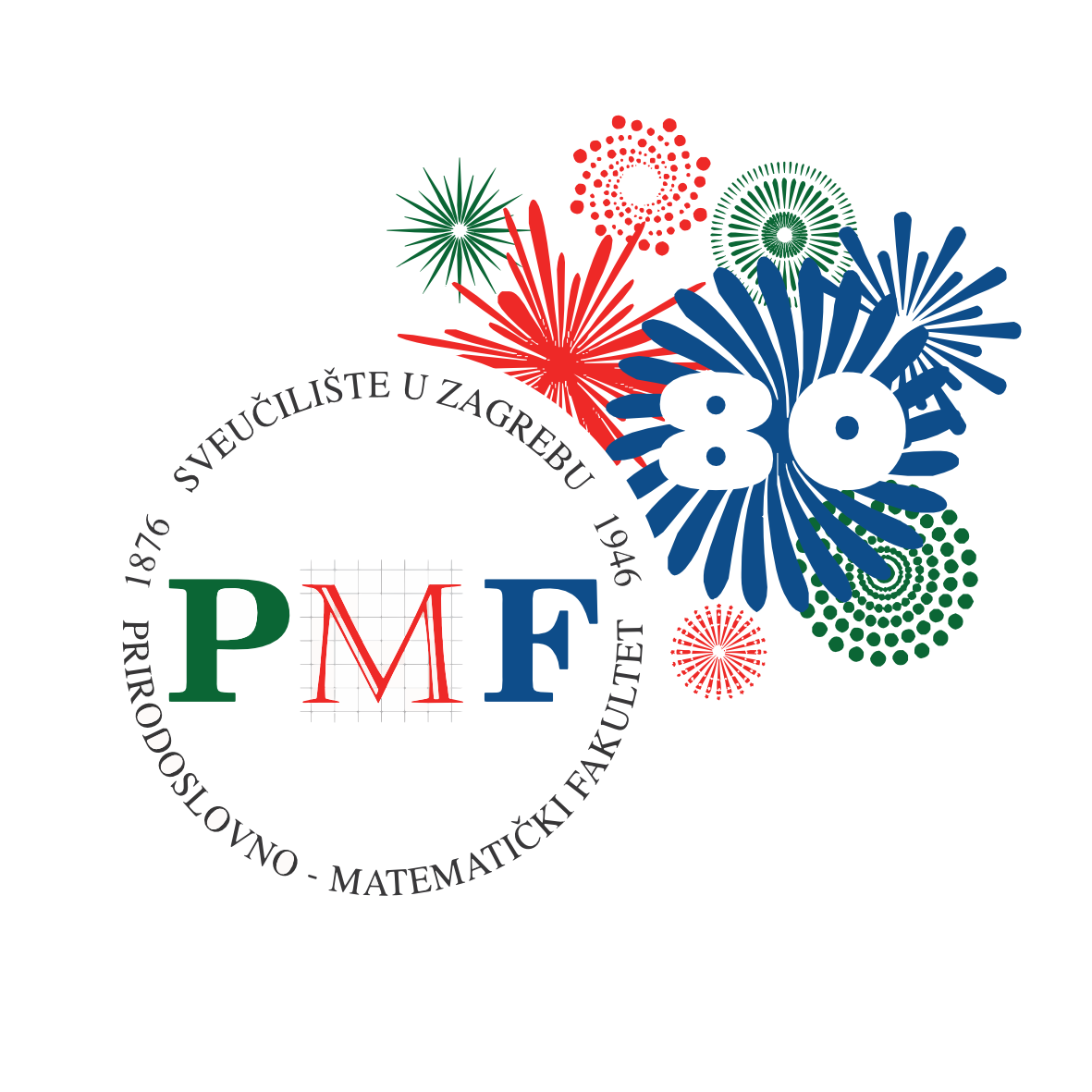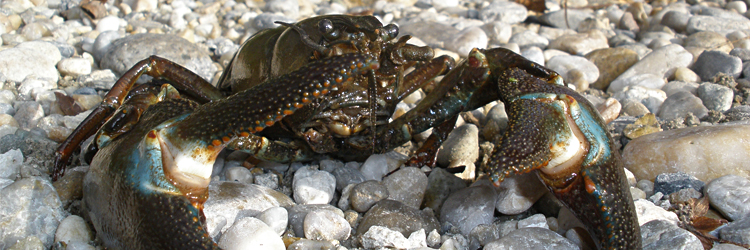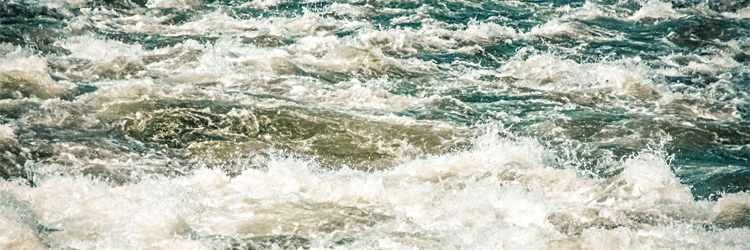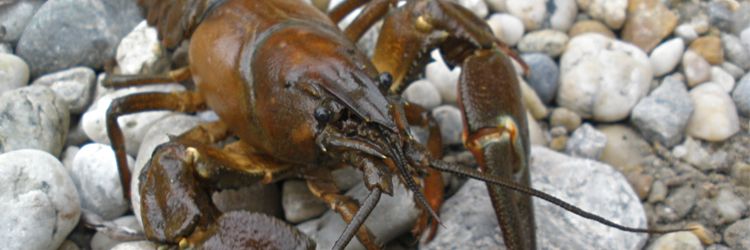Funding: Unity through knowledge fund (UKF): My First Collaboration Grant
![]()
Project leader: Sandra Hudina, PhD
Project duration: 16.10.2017. - 15.01.2019.
Summary
Pollution and invasive species are among the dominant constituents of anthropogenic environmental disturbance with major economic and ecological costs. Disturbed ecosystems are considered to be more prone to invasions, and often contain contaminants that can alter physiology and behavior of animals. Despite substantial investment in invasive species management/research there is a paucity of understanding of how chemical pollution might modulate invasion success. This proposal aims to evaluate whether contaminants of emerging concern (CECs; ubiquitous and poorly characterized chemicals) could modulate predictors of invasion success of an invertebrate invader of European freshwaters – the signal crayfish (Pacifastacus leniusuclus). While adverse impacts of CECs have been demonstrated in vertebrates, much less is known about their effects on invertebrates, which comprise approximately 95% of known animal diversity. Crustaceans (crayfish) were chosen because they are the largest freshwater invertebrates, key ecosystem engineers, and the mechanisms underlying determinants of their invasiveness are well characterized and likely to be impacted by CECs (e.g., pharmaceuticals target neurotransmitters involved in aggressiveness/territory acquisition). This project comprises four inter-related components. First, targeted analytical chemistry and neuro(endocrine) assays will be utilized to characterize CEC contamination of the Croatian section of the Sava River (10 sites). Second, we will identify priority CECs and “priority mixtures” for Sava River based on their occurrence, known potential to interact with molecular targets, and their biological potency. Third, chemical-molecular target interaction data will be extracted from toxicity databases to conceptualize CEC-initiated biological pathways that could promote/alter invasiveness of freshwater crustaceans. Fourth, the effects of priority CECs and their mixtures on the determinants of the invasive success in signal crayfish will be investigated experimentally. This project will advance an understanding of the interaction of pollution and biological invasions in freshwater ecosystems. The results of this project will inform and advance management efforts aimed at: 1) control of invaders, such as the signal crayfish, especially since its effective management is required by the EU, and 2) ecotoxicological risk assessment and crustacean protection. Integration of state-of-the-art toxicological approaches to risk assessment with assessment and prediction of invasion success is a particularly innovative aspect of this proposal. This project will result in scientific publications in top ranked peer reviewed journals and a workshop, and new national/international collaborations that bring cutting-edge approaches to risk assessment to the relevant stakeholders in Croatia.

 Pristupačnost
Pristupačnost


